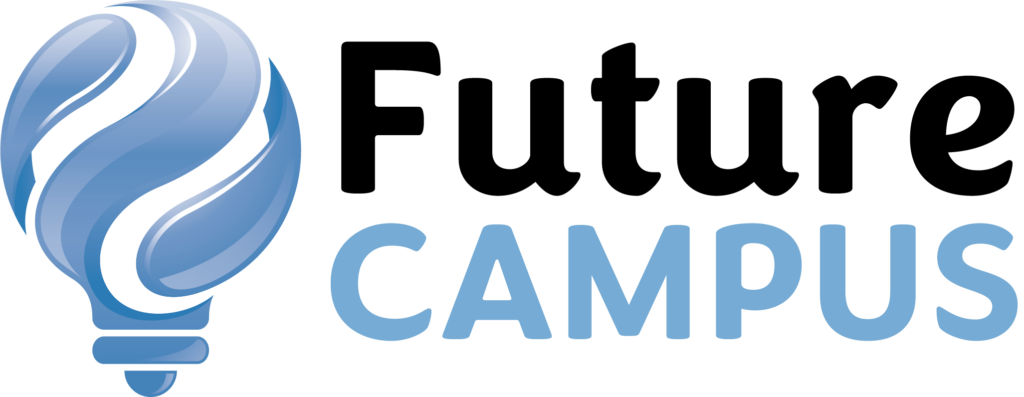In a world of post-digital – where digital is just part of life! – what does an education community look like? That’s the question we find ourselves asking a lot recently. Technology, including social media, in the post-digital society is highly integrated into nearly all life situations. But that integration is not neat or patterned logically, it is messy and entangled!
So we wanted to take a moment to talk to you about better understanding participation in post-digital society, and why being online is something the 21st century academic needs to do.
We all know that it is easier to use social media badly than well. Although participation on social media can be restricted, it is still important. Engagement with the platform world can lead to professional transformations due to both platforms’ affordances and community practices, where collective wisdom is generated and shared. In essence, this article will introduce a new player in the field that is too difficult to ignore and probe to answer – ‘is it possible to imagine a future where everyone learns from each other’?
Pondering this – collectively and individually – as part of our research we have come to believe that beneficial participation in a postdigital society is conditioned by three things: chameleonicity; algorithmicity; and communality.

Let’s break those down.
# Chameleonicity
In the postdigital era ‘change is the only constant’ (Veletsianos et al., 2023, p. 15). Like a chameleon changing its colour, we are expected to constantly keep up with rapid changes and information flows, to be more and more flexible and to participate in the different digital spaces. We can even think of ourselves as ‘portfolio humans’ since we strive to be more professionally diversified and resourceful. Mediating and embodying change go hand in hand in successful transformation efforts.
This leads to a ‘plastic brain’ that constantly improves and adapts (Prensky, 2012). Educators are no different from any profession. We can also be overwhelmed by the amount of digital that makes us rethink and reimagine the meanings behind the practice. To be adept we need to constantly adapt. And we do.
Although the values of teaching and caring about students may stay the same over time, the circumstances are changing drastically. Therefore, unthinking resistance to change and adapt in the postdigital is increasingly futile. Simultaneously, participation in social media is terrifying as you often do not know ‘where you are, where to sit and who to talk to’ (Lock & Redmond, 2021, p.5).
However, there is always a hope that digital spaces can also unite us. Social media also evolves due to its ‘chameleon nature’ and it is designed to enhance connectivity and collaboration. Can people and technology go through transformation ‘hand in hand’? We believe we can.
# Algorithmicity
Algorithms are the lifeblood of the Internet (Barnes & Hames, 2023). Participation in digital spaces is undeniably connected to algorithms and it is largely determined by them. They create educational silos and bubbles that we engage in.
Even our identity is becoming ‘algorithmic’, made up of digital traces (Williamson, 2016), and actively presented to others by algorithms in unknown and unpredictable ways. Does it mean that we lost the upper hand, and our agency is limited by them? Not necessarily.
Algorithms are only ‘trained’ to learn from the past and thus, they are biased and restricted (UNESCO, 2021). Even with the rise of generative AI, humans retain the agency to imagine and create a future where everyone learns from each other. This has been lately evident in a strong appetite for connection. GPT architectures may represent a basic type of neural network whose makers seek to position them within a changing understanding of deep learning. But they remain – at least for now – ersatz. Impressive but limited exercises in natural language processing and mimicry. Our human communities – for all their shortcomings – possess unique strengths derived from our morality and consciousness, our sociality, and our emotional intelligence.
# Communality
It is believed that the problems created by technology can be solved with even more technology (Siemens, 2020). However, the simpler answer may be collective wisdom or synchronised intelligence. Our intelligence is ‘leaked’ as it is not only inside the mind anymore (Goodyear et al., 2016), it is also present in digital artifacts and networking.
Taking educators as an example, we can notice that they practice sharing their knowledge, expertise or passion (can be called ‘digital gift’) with each other in real and imagined communities. Thus, digital spaces become media ecologies where teachers by investing into creative circulations can affect others and be affected in return (Rousell et al., 2023).
In this way, educators can expand their capacity by ‘plugging into’ others and through online conversations they can shift their thinking and transform their practice. It is possible to suggest that this sense of communality and challenging of ‘the gospel truth’ is a way to manage the postdigital era where transformation and algorithms are becoming a norm.
# Bringing it all together
In the world that challenges us every single day, and real and online spaces inevitably melt into one ungraspable postdigital entity, both people and technologies are acquiring ‘chameleonic’ characteristics. Hence, if the change is inevitable why not change while leaning on someone’s shoulder?
Social media, despite the influence of biased algorithms, can be a place where connections evolve and become communal constellations. In light of this, educators may (re)imagine and collectively orchestrate the future which would encourage a proactive stance on learning in the postdigital melting pot of ideas.
References
Barnes, N., & Hames, S. (2023). Centralising Qualitative Research in Big Data Methods Through Algorithmic Ethnography. Journal of Digital Social Research, 5(1), 90-108.
Goodyear, P., Carvalho, L., & Dohn, N. B. (2016). Artefacts and activities in the analysis of learning networks. In T. Ryberg, C. Sinclair, S. Bayne, M. de Laat (Eds.), Research, boundaries, and policy in networked learning (p. 93-110). Springer.
Lock, J., & Redmond, P. (2021). Embedded experts in online collaborative learning: A case study. The Internet and Higher Education, 48. https://doi.org/10.1016/j.iheduc.2020.100773
Prensky, M. (2012). From digital natives to digital wisdom. Sage.
Rousell, D., Wijesinghe, T., Cutter-Mackenzie-Knowles, A., & Osborn, M. (2023). Digital media, political affect, and a youth to come: Rethinking climate change education through Deleuzian dramatisation. Educational Review, 75(1), 33-53.
Siemens, G., Rudolph, J., & Tan, S. (2020). “As human beings, we cannot not learn”. An interview with Professor George Siemens on connectivism, MOOCs and learning analytics. Journal of Applied Learning and Teaching, 3(1), 108-119.
UNESCO. (2021). Reimagining our futures together: A new social contract for education. Educational and Cultural Organization of the United Nations. https://doi.org/10.54675/ASRB4722
Veletsianos, G., Jandrić, P., MacKenzie, A., & Knox, J. (2024). Postdigital Research: Transforming Borders into Connections. Postdigital Science and Education, 1-20.
Williamson, B. (2016). Boundary brokers: Mobile policy networks, database pedagogies, and algorithmic governance in education. In T. Ryberg, C. Sinclair, S. Bayne, M. de Laat (Eds.), Research, boundaries, and policy in networked learning (p. 41-57). Springer.

